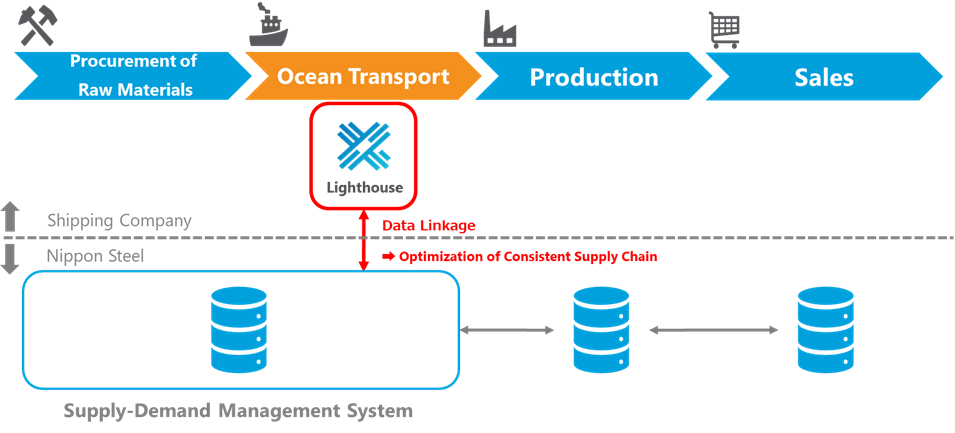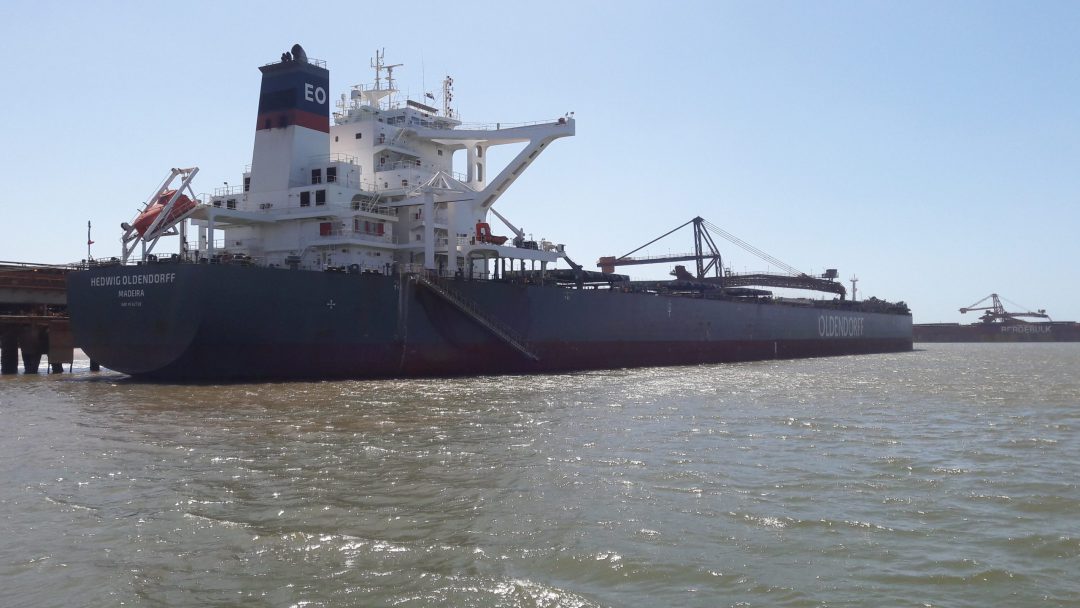SEDNA, the leading provider of cloud-based transaction management software, announces a partnership with SHIPNEXT that will enable organizations to digitize the workflow related to shipping, transportation, and freight negotiations. As part of the integration within SEDNA, users dealing with dry-bulk, wet-bulk, and heavy or oversized cargo will be able to be instantly matched with shipping solutions within their email flow or directly from SHIPNEXT, a shipping marketplace and blockchain-based ecosystem.
The results will reduce the amount of work required to source cargo information from hours to seconds.
An increasing amount of emails and requests are creating a growing problem related to data search and processing. Traditionally, if a broker wanted to find the latest information regarding a specific vessel, they were required to search through multiple systems. The issue is compounded when having to compare several ships and searching through thousands of emails to gather the most relevant information. Through this partnership, SEDNA and SHIPNEXT are helping to automate routine data processing by creating one seamless system that will spare the industry from traditional email circulars and hours of work.
Research shows that a vast amount of resources are wasted due to inefficient and error-prone manual processes. Many organizations are using email as the first step in digitally transforming their organizations to meet people where they work and provide a better solution for collaboration, searching for information, and filtering for only the most relevant messages.
According to Alexander Varvarenko, CEO of SHIPNEXT, “We view SEDNA as the most user-friendly solution that when combined with our technology, we are creating a mobile workstation that is second to none. Together, we are providing a solution that will save valuable time and reduce manual errors when initiating Cargo-to-Ship and Ship-to-Cargo matching.”
When discussing the value that SHIPNEXT will deliver to the market, Dan James, VP of Product at SEDNA said, “Companies like SHIPNEXT are unlocking huge value for their customers by applying technologies like machine learning and AI to rethink cluttered business practices. At SEDNA, we value partners who want to work together to help our customers succeed.”
When asked about the value of the partnership, Jean-Guy Faubert, CRO of SEDNA, said, “Together we are modernizing a legacy software system long-neglected, but too important to abandon as enterprise organizations manage an increasing amount of laborious workarounds.”
As Mr. Faubert explains, the value of the time savings can be significant: “Time is a highly valuable commodity and there are thousands of hours, worth millions of dollars, being wasted on tasks that software systems like SEDNA can eliminate by integrating with SHIPNEXT.”
The future as Mr. Varvarenko envisions is “an integrated and decentralized blockchain solution across the entire supply chain and all sectors of transportation to create one ecosystem. These results will not only make a positive impact on an organization, but the environment as well.”
























